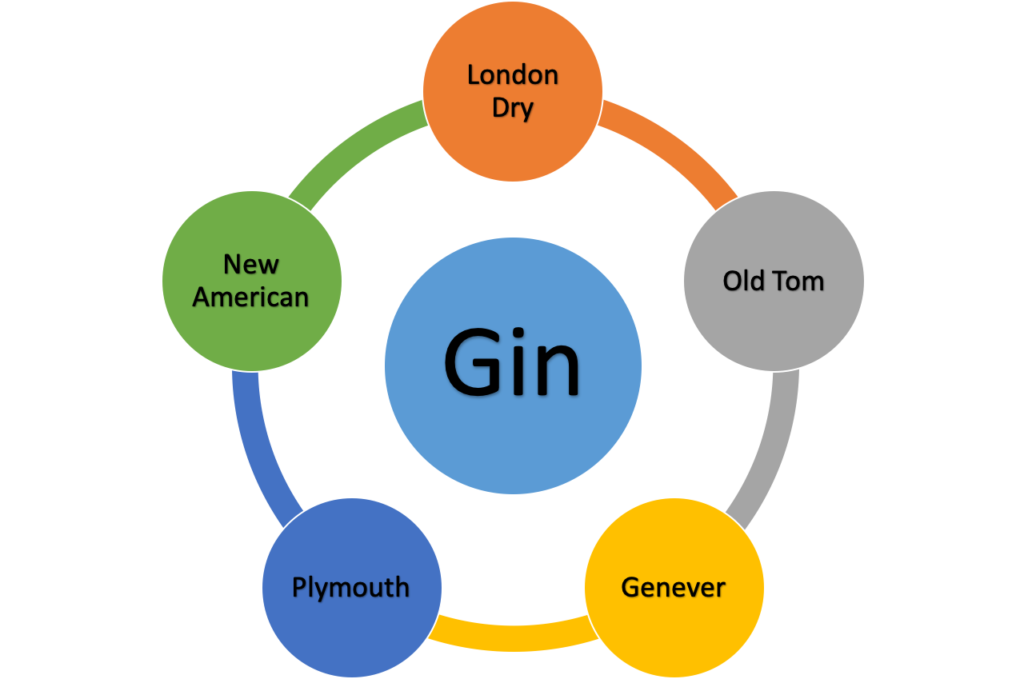Remember that negative gin experience you had in college? Put that aside for a minute; I wouldn’t want these next few paragraphs to be clouded by a time when you thought Natural Light was a great beer.
Bright, Crisp, Lemon, Pine, Floral.
That’s sommelier-style speak for a London Dry Gin. That’s right, no “new garden hose” or “fresh rubber tire” aromas, here.
When botanicals are balanced properly, sipping a London Dry Gin is a light and refreshing experience reminiscent of perusing a botanical garden on a sunny Spring day. A well-made London Dry Gin is fantastic on its own, but shines even brighter in classic cocktails such as Gin & Tonic, Martini, or Negroni. Sounds much better than a new garden hose, to me!
Over the next few posts, we will be peeling back the layers of this oft-misunderstood spirit. What classifies a gin as “London Dry”? How is that different than any other gin? Is it a gin that’s distilled in London?
Let’s start with the fact that Gin, as a spirits category, is a very large umbrella. London Dry is a category within the gin umbrella that is defined by a manufacturing process. Much like the India Pale Ale (IPA) in the beer world, the geographical reference in the name London Dry Gin has nothing to do with the location or region the end-product is manufactured. Rather, the location just references the place in history that made it famous.

Britain was introduced to the spirit while fighting alongside the Dutch in the 80 Years War (1566 – 1648). The Brits coined the term “Dutch Courage” to refer to the small bottles of Genever the Dutch would drink before battle. After the war, the British took the Dutch’s love for Genever home with them.
During this time distillation quality varied widely, so it was common practice to add sugar to Genever after distillation to make the spirit more palatable. Over time, gin drinkers figured out that a high-quality base spirit made for a better Genever (renamed to “Gin” in the mid-1600s). .As the base spirit got better, the need for post-distillation sugar was reduced.
Aeneas Coffey, an Irishman, invented the Column Still in 1831 that could produce a very high-quality base spirit. Until that time, distillers used variations of pot stills, which are less-efficient at the task. Originally named the “Coffey Still”, Aeneas Coffey’s design allowed for efficient separation of ethanol (the stuff that gets you drunk) from water and other, less pleasant, alcohols. The column still design remains in-use today and produces a neutral spirit of approximately 95.6% ABV.
The Irish had been making whiskey since the early 1400’s and wouldn’t dare abandon their pot stills for this fancy new invention. As a result, Aeneas Coffey moved his business from Dublin to London where Gin producers quickly latched on. As such, gin distillers in London became known for crafting a base spirit of such high quality that little to no sugar was needed anymore. Dry Gin is now on the map – born in London.
